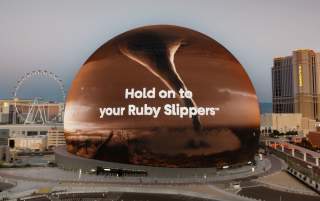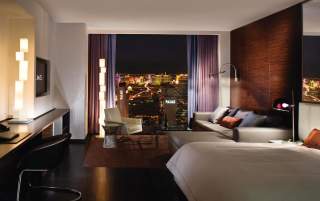Las Vegas’ Historic Westside was more than just an area of town where the Black community would congregate during the days of segregation.
It was a foundation. The beginning of a thriving community whose stories, experiences, legacy and contributions have helped shape, and will continue to shape, the future of Las Vegas and its culture.
The Westside’s history began in the late 1940s, when Black entertainers weren’t allowed to stay at casinos they performed at on the Strip, so they would go to clubs in West Las Vegas after their shows to relax and often have jam sessions with other performers.
Jackson Avenue, located in the heart of the Historic Westside, was home to four Black-owned clubs. The area continued to grow well into the 1950s, leading to the May 24, 1955, opening of the Moulin Rouge Hotel, the first integrated hotel in the United States. It had all of the luxuries and amenities of hotel-casinos on the famed Strip and quickly became a landmark, appearing less than a month later on the cover of LIFE magazine.
The live entertainment at Moulin Rouge rivaled that of any casino on the Strip. In fact, former heavyweight boxing champion Joe Lewis once served as a host.
The Moulin Rouge was only open for six months, but its impact has lasted for generations. The hotel was listed on the National Register of Historic Places in 1992, and its original sign is on display today at the Neon Museum in Downtown Las Vegas. A wall near the site was painted with a series of murals in 2020, highlighting the Black Lives Matter movement and celebrating the Historic Westside and all the contributions the Black community has given Las Vegas as the Entertainment Capital of the World.
To learn more about the Historic Westside, immerse yourself in public art, plaques, and more information on past and future Black community leaders by visiting Legacy Park at 1600 Mount Mariah Drive.
Las Vegas supports and celebrates the recognition of the preservation and spirit of the Black community, locally and throughout our nation.



















